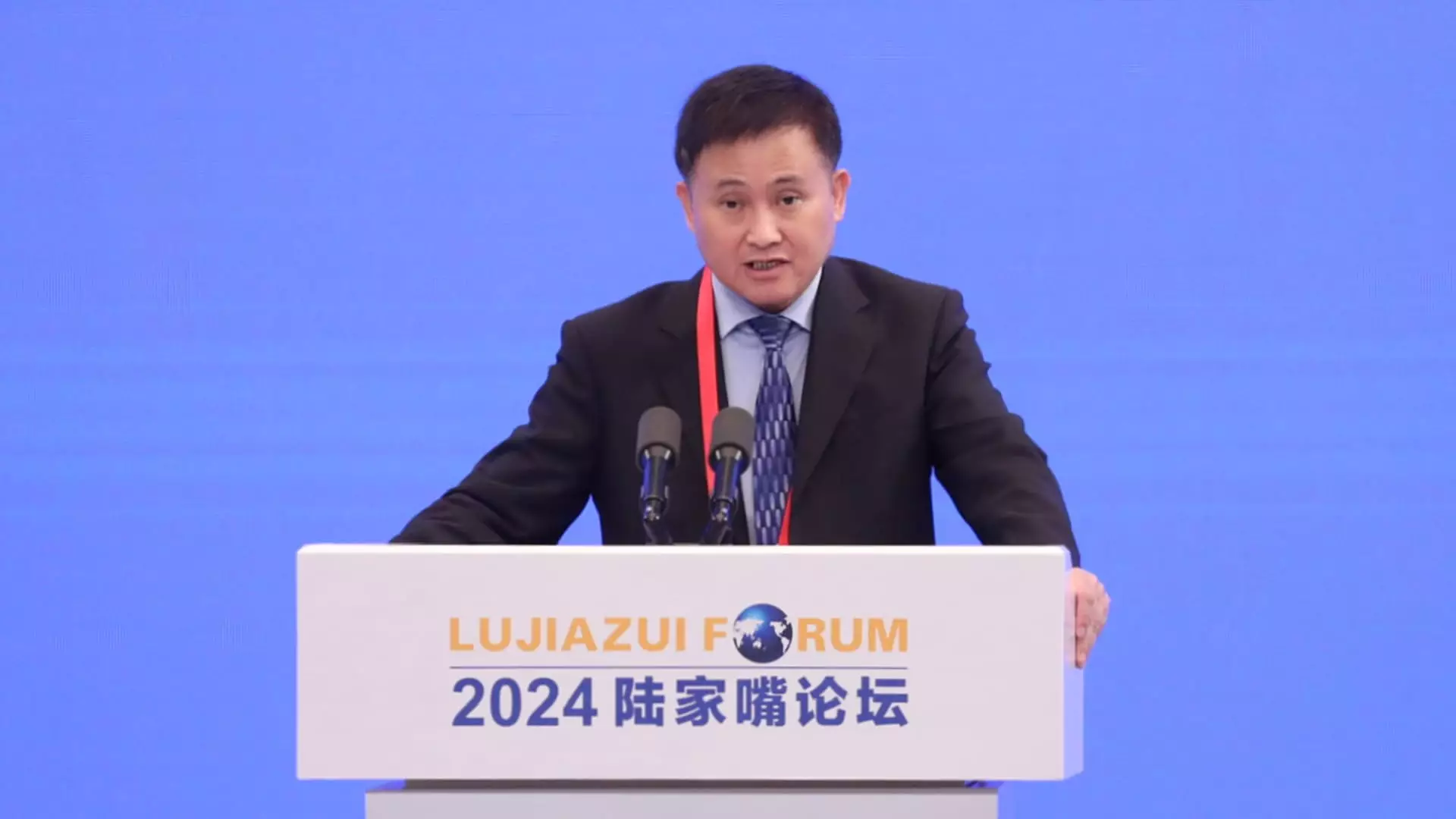The People’s Bank of China (PBOC) recently reaffirmed its commitment to maintaining a supportive monetary policy during a critical meeting of the National People’s Congress Standing Committee. Governor Pan Gongsheng, in a widely observed address, emphasized the bank’s plans to intensify counter-cyclical monetary measures aimed at addressing current economic challenges. These policies are specifically designed to counteract fluctuations in economic activity, responding proactively to the changing landscape. Notably, this approach aligns with global trends, as many central banks, particularly the U.S. Federal Reserve, are also pivoting towards more accommodative policies in response to economic slowdowns.
Counter-cyclical monetary policy plays a pivotal role in stabilizing economies during tumultuous periods. Governor Pan’s reiteration of these measures indicates a strategic pivot to mitigate the impacts of economic fluctuations. By opting for such policies, the PBOC is not only addressing immediate concerns but is also aiming to pave the way for sustainable growth. This proactive stance is crucial as the global economic climate continues to evolve, influenced by factors such as trade tensions and varying international demand. The insistence on robust counter-cyclical measures showcases the PBOC’s dedication to fostering a resilient economic environment.
Parallel to the PBOC’s monetary strategies, there are expectations for fiscal stimulus to be approved during the ongoing committee sessions. Finance Minister Lan Fo’an’s discussions regarding an increase in local government debt limits highlight a broader strategy to revitalize local economies. This initiative aims to replace hidden debts with more transparent financing mechanisms, ultimately enhancing fiscal health. The interconnection between the PBOC’s monetary initiatives and the government’s fiscal moves indicates a comprehensive approach to economic management, aimed at addressing short-term difficulties while setting the foundation for longer-term recovery.
The PBOC’s recent maneuvers, including rate cuts initiated in late September, signify a responsive approach to the economic slowdown. By reducing interest rates, the central bank aims to bolster consumer spending and investment, following trends observed following the Fed’s significant rate cut. Financial markets are acutely aware of these developments, and the anticipation of further adjustments has created a ripple effect in trading strategies both domestically and abroad. Analysts are closely monitoring the forthcoming decisions from the Federal Reserve, which could influence the trajectory of global interest rates and subsequently shape China’s economic responses.
The PBOC’s recent statements and strategies reflect a thoughtful approach to navigating the complexities of the current economic landscape. By enhancing counter-cyclical policies and anticipating fiscal stimulus, the central bank is striving to encourage sustainable growth amidst uncertainties. The interplay between monetary and fiscal policies underscores the Chinese government’s commitment to stabilizing the economy and fostering resilience in the face of evolving global challenges. As these policies unfold, their effectiveness will be crucial in shaping China’s economic future.

Leave a Reply